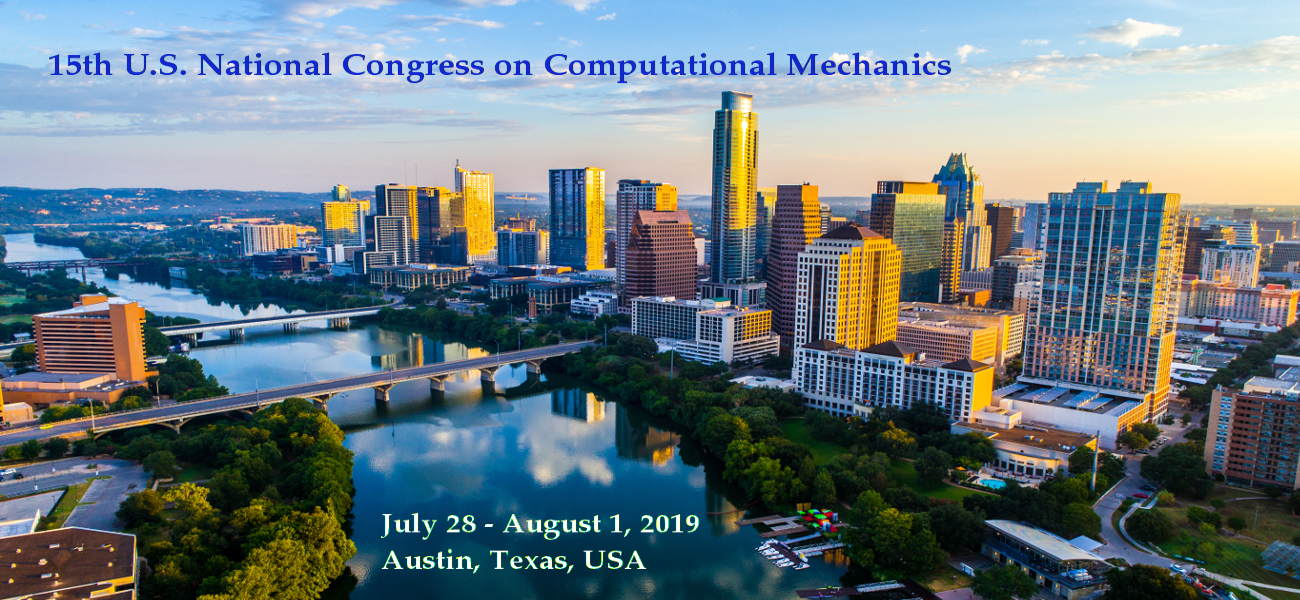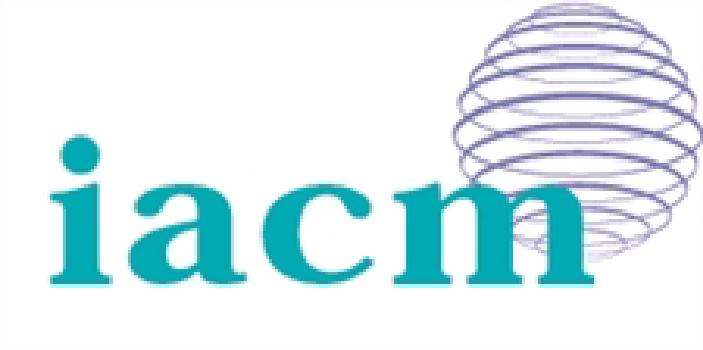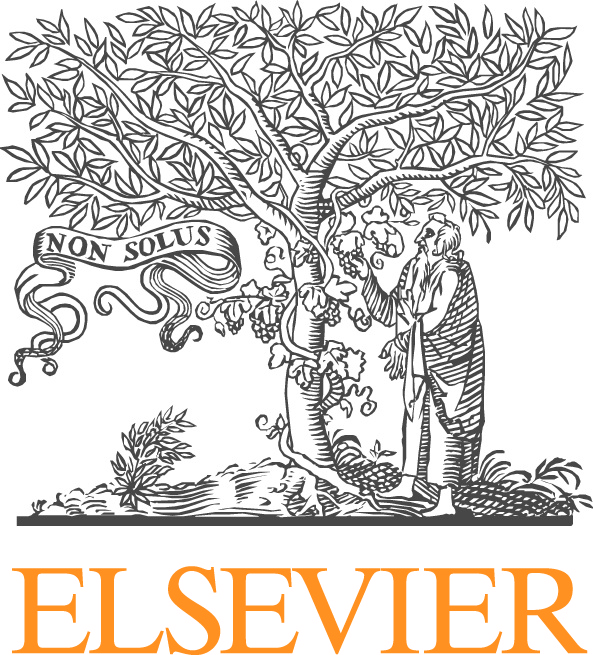Marta D'elia, Sandia National Laboratories
Pablo Seleson, Oak Ridge National Laboratory
Nonlocal continuum theories, such as peridynamics and nonlocal elasticity, can capture strong nonlocal effects due to long-range forces at the mesoscale or microscale, because of the presence of length scales in their governing equations. When these effects cannot be neglected, i.e. when the material dynamics depends on the microstructure, nonlocal models are more accurate than local models based on partial differential equations (PDEs). Other instances motivating the use of nonlocal continuum models are fracture problems for which peridynamic equations can be naturally employed, since they remain valid on crack tips and crack surfaces, as opposed to PDEs that assume spatial differentiability of displacement fields. However, the improved accuracy of nonlocal models comes at the price of a computational cost that is significantly higher than that of PDEs. Moreover, the prescription of “nonlocal” boundary conditions is non-trivial compared to classical models as nonlocal models often require information on a thick layer surrounding the domain.
The goal of local-nonlocal coupling is to combine the computational efficiency of PDEs with the accuracy of nonlocal models. Such a coupling is as important to nonlocal continuum models as is to (nonlocal) atomistic models, for example in atomistic-to-continuum coupling problems. Local-nonlocal coupling becomes fundamental when the size of the computational domain or the extent of the nonlocal interactions are such that the nonlocal solution becomes prohibitively expensive to compute over the entire domain, yet the nonlocal model is required to accurately resolve small-scale features. The main challenge of a coupling method is the stable and accurate merging of two fundamentally different mathematical descriptions of the same physical phenomena into a physically-consistent coupled formulation.
This minisymposium brings together experts on coupling local and nonlocal continuum models, concurrent multiscale coupling methods, and related domain decomposition approaches. As a result, it will facilitate the establishment of synergies between participants and the identification of important needs and fruitful avenues for future research on coupling approaches.







